Description
Fruits are edible parts such as seeds or flowers. It is the source of vitamins and minerals that are important for them to be healthy and nutritional elements of the quality of their diet. One of the achievements that is very positive than benefiting from our sufficient gain.
Dried apricot is a product obtained by drying fresh apricots with various methods. In addition, it can be consumed for training and basic income of the rich, by adding it to milk or yogurt or with nuts such as walnuts. The drying process is to adapt the apricot season to an edible state. There are two types of dried apricots; yellow (Islim) apricots and sun dried apricots. This is the fate of the difference between the two varieties of apricots.
Sun dried, wet light mirror, sunlight mirror, can be grown on soil or in sunlight. Yellow apricots are dried by sulfuring (processing with 2). The sulphuring process ensures that the apricot is liked for a long time, without any damage, and its color is preserved. However, they can be used in common curettage from SO2, which is used for sensitive patients such as in-use patients. Consumption of today’s dried fruit is more recommended.
Sunflower can be spoiled in a shorter way, this is the shortest way possible. While the sun dried apricot is naturally in a color, İslim apricot is in a yellow-orange state and the color is very light. There is no difference in vitamin and mineral contents. It can be said that dried apricots have more sweetness and yellow apricots have more days.
Dried Apricot Nutrition Facts
100 grams of dried apricots consist of an average of 25 grams of water, 66.5 grams of carbohydrates, 5 grams of protein, 0.5 grams of fat and provides approximately 260 kcal of energy. If we compare it with other fruits, it stands out with its rich carbohydrates, folic acid, potassium, niacin (vitamin B3), magnesium, vitamin A and C. It is also one of the foods richest in iron, and its dietary fiber ratio is very high. Sodium content is low as in other fruits. Compared to fresh apricots, the water ratio is much less, there is an increase in almost all other nutritional values, only the thiamine (vitamin B1) content is slightly less.
What are the Benefits of Dried Apricots?
It is used in the treatment of anemia because it is rich in iron content, it supports the production of red blood cells.
Vitamin C content increases the availability of iron in the body.
It has been observed that it can be effective in the treatment of bone and dental diseases thanks to its calcium and magnesium content.
Since it has a high fiber content, it has important contributions to the digestive system, facilitates digestion and relieves constipation and bloating. However, too much consumption can cause diarrhea, so it is recommended to consume 4 or 5 pieces a day.
Since the chewing time is long, it contributes to the feeling of saturation. It is low in calories but high in nutrients and helps with weight control. Therefore, it is a good option for a snack.
Thanks to the phytochemical compounds it contains, it is protective against cancer and is an important antioxidant.
Carotenoid content is high, these carotenoids function in the body as vitamin A precursors when needed. It contains beta carotene, which has the highest conversion rate to vitamin A. Vitamin A has positive effects on vision, reproduction and skin health, it is good for itching and rashes. It also supports the immune system.
Thanks to its high magnesium content, it is effective in balancing blood pressure and lowering high blood pressure.
Thanks to its high potassium content, it has a cardioprotective effect, nourishes the heart muscle and regulates the heart rate.
The vitamin B6 it contains has an important role in the protection of cognitive functions and memory.
The folic acid content makes it effective in the production of blood cells and cell proliferation.
It is protective against some types of cancer because it contains bioactive components (carotenoids, folate, vitamins C and E, quercetin, pyridoxine and selenium).



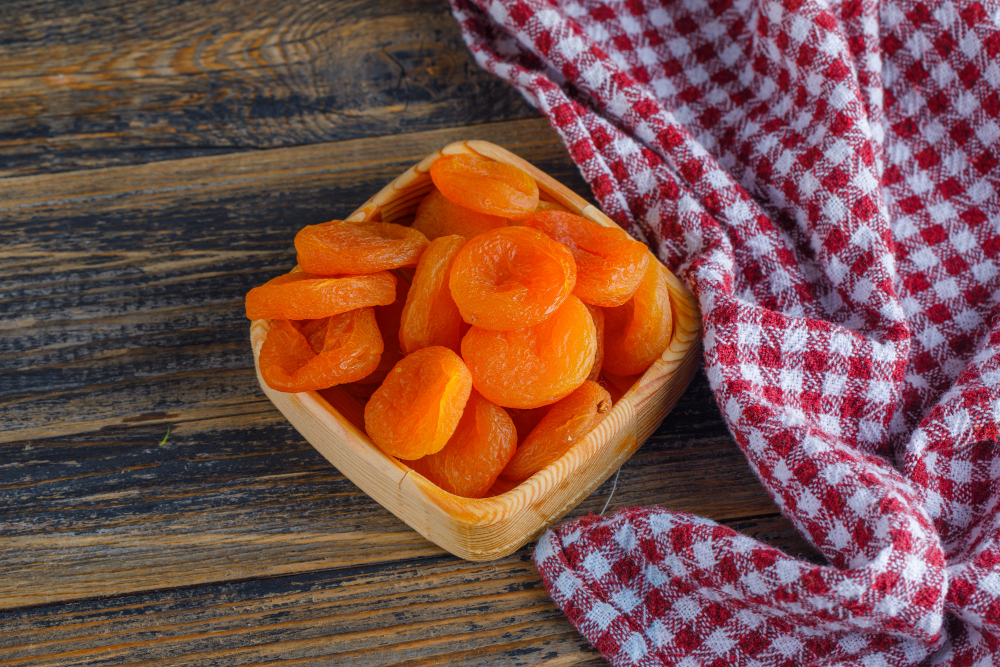
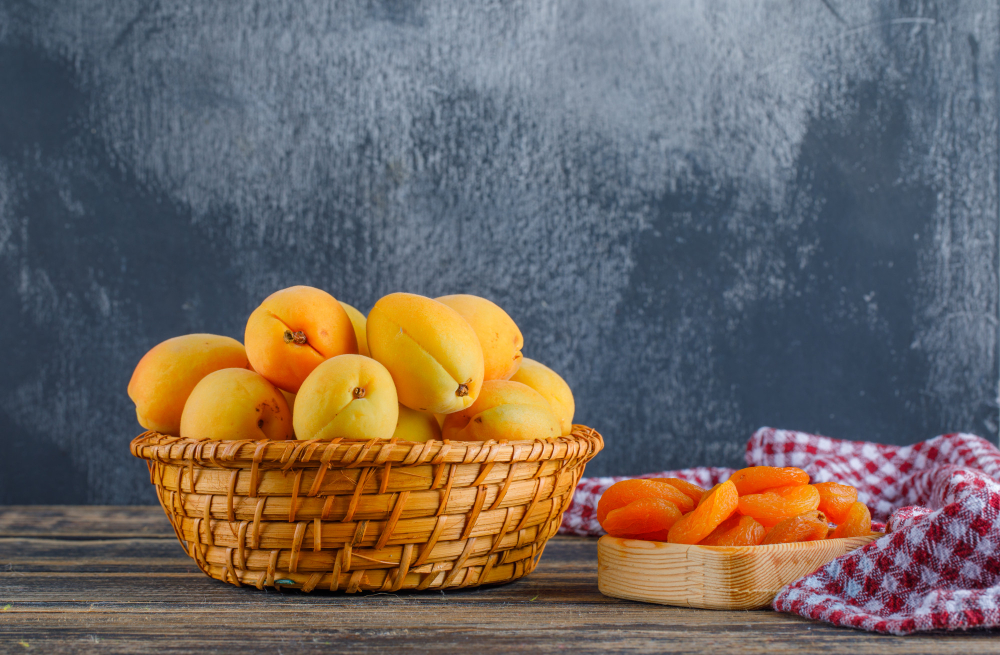
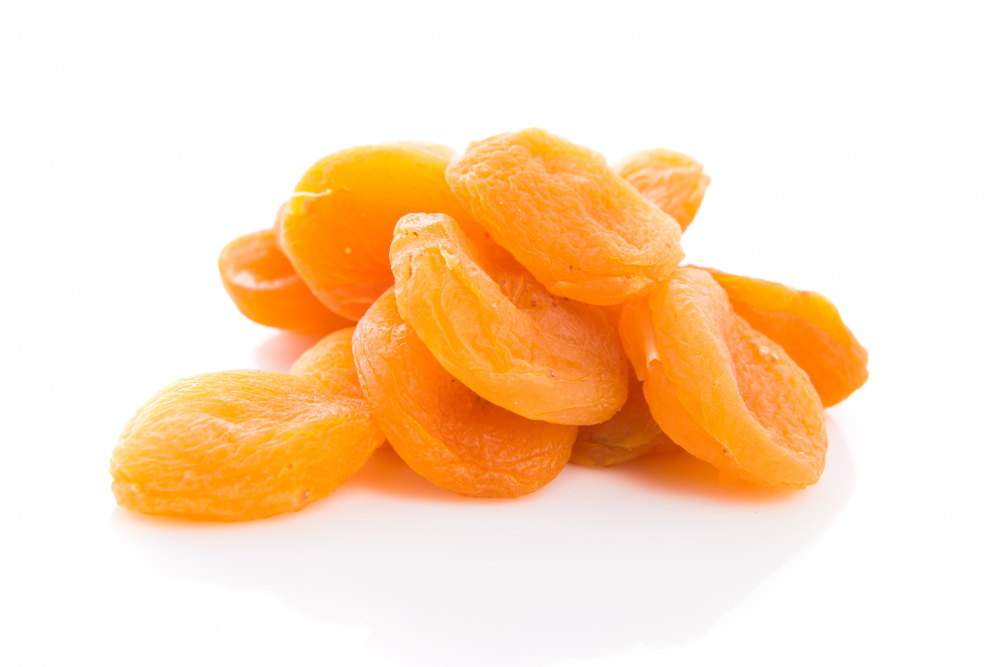
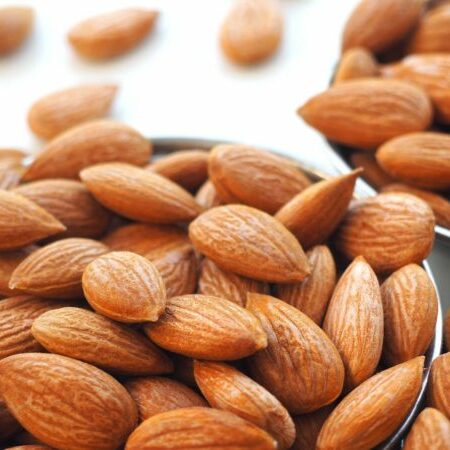



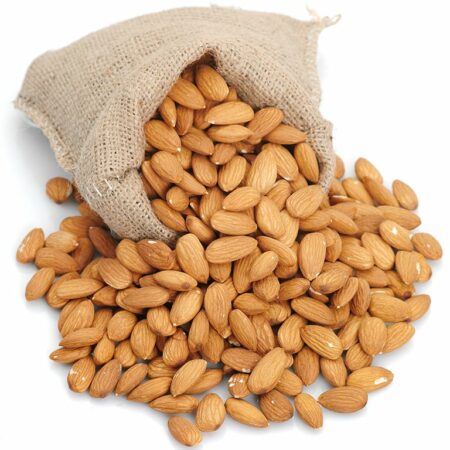
Reviews
There are no reviews yet.